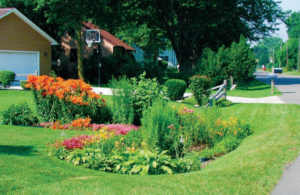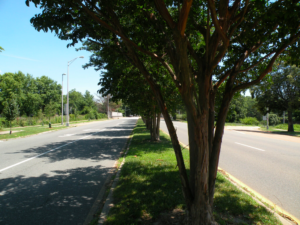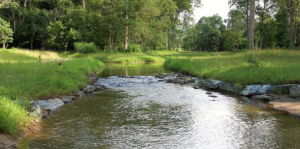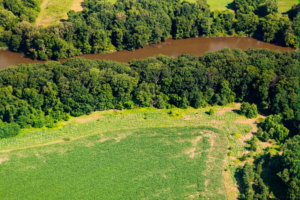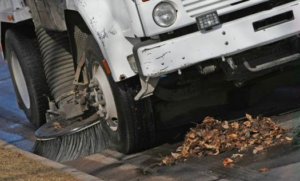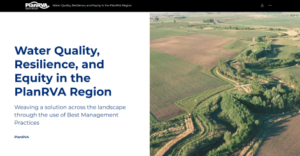Water Quality Planning
Best Management Practices
Minimizing water pollutants is extremely important to protect the natural environment and improve the quality of life in the region. One approach to preventing pollution in stormwater is through the use of Best Management Practice (BMPS) methods. Our built environment and human behaviors contribute to the amount of pollutants that reach local water sources through stormwater runoff.
Stormwater runoff is rain or water that flows across land surfaces (i.e., pavement, soil, or grass). Runoff absorbs a variety of pollutants along the way, carrying them into local water sources. Individual behaviors such as littering, applying fertilizers or other lawn chemicals, car oil and grease, and improper disposal of pet waste.
Urban areas are prone to increased runoff due to large amounts of impervious surfaces (e.g., asphalt or rooftops). When runoff is absorbed by soil, plants, or trees, it filters out pollutants and slows its entrance into water sources. The following urban BMPs aim to reduce the amount of nitrogen, phosphorus, and sediment pollutants that reach water sources through stormwater runoff. When communities utilize these practices, they are committing to doing their part to protect local water sources.
BMPs
Explore interactive water quality maps and learn about how BMPs can be used for positive change in our region at Water Quality, Resilience, and Equity in the PlanRVA Region.
You can learn more about conservation landscaping through this Yards of Tomorrow presentation.
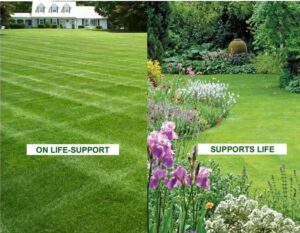
For more information about using native plants in your yard, see the Plant RVA Natives campaign.
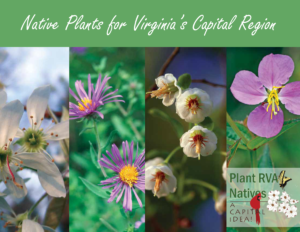
Learn more about funding for conservation landscaping and other practices you can install at your home through the Virginia Conservation Assistance Program and your Soil and Water Conservation District.


